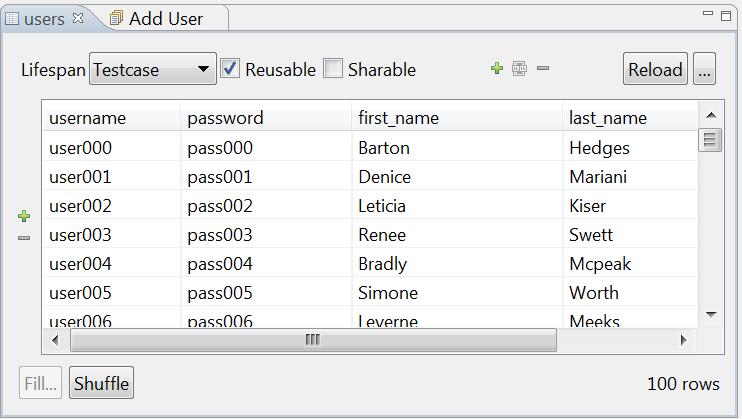
The first two questions don’t have single answers.
How do you measure the accuracy of the ratings you calculate?. Given that you know which users are similar, how do you determine the rating that a user would give to an item based on the ratings of similar users?. How do you determine which users or items are similar to one another?. So, you will need the answers to these questions: The second step is to predict the ratings of the items that are not yet rated by a user. To build a system that can automatically recommend items to users based on the preferences of other users, the first step is to find similar users or items. Steps Involved in Collaborative Filtering This file contains 100,000 such ratings, which will be used to predict the ratings of the movies not seen by the users. The first few lines of the file look like this: First 5 Rows of MovieLens 100k DataĪs shown above, the file tells what rating a user gave to a particular movie. The file u.data that contains the ratings is a tab separated list of user ID, item ID, rating, and timestamp. u.data: the list of ratings given by users. The ones that are of interest are the following: This dataset consists of many files that contain information about the movies, the users, and the ratings given by users to the movies they have watched. In particular, the MovieLens 100k dataset is a stable benchmark dataset with 100,000 ratings given by 943 users for 1682 movies, with each user having rated at least 20 movies. The best one to get started would be the MovieLens dataset collected by GroupLens Research. Here’s a list of high-quality data sources that you can choose from. There are a lot of datasets that have been collected and made available to the public for research and benchmarking. A matrix with mostly empty cells is called sparse, and the opposite to that (a mostly filled matrix) is called dense. It’s highly unlikely for every user to rate or react to every item available. In most cases, the cells in the matrix are empty, as users only rate a few items. For example, the first user has given a rating 4 to the third item. 
The matrix shows five users who have rated some of the items on a scale of 1 to 5.

A matrix with five users and five items could look like this: Rating Matrix Each row would contain the ratings given by a user, and each column would contain the ratings received by an item. While working with such data, you’ll mostly see it in the form of a matrix consisting of the reactions given by a set of users to some items from a set of items. The reaction can be explicit (rating on a scale of 1 to 5, likes or dislikes) or implicit (viewing an item, adding it to a wish list, the time spent on an article). To experiment with recommendation algorithms, you’ll need data that contains a set of items and a set of users who have reacted to some of the items.






 0 kommentar(er)
0 kommentar(er)
